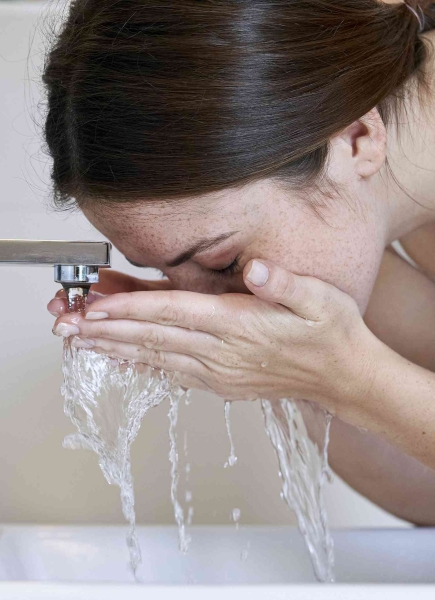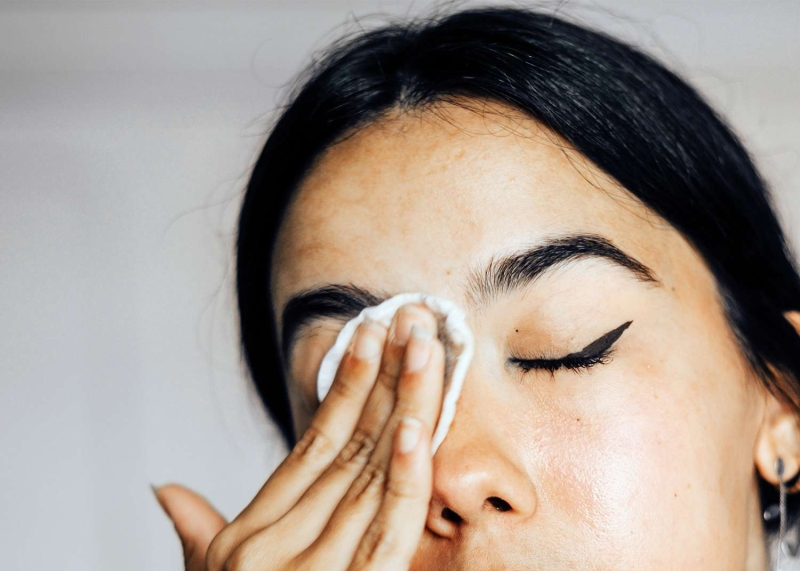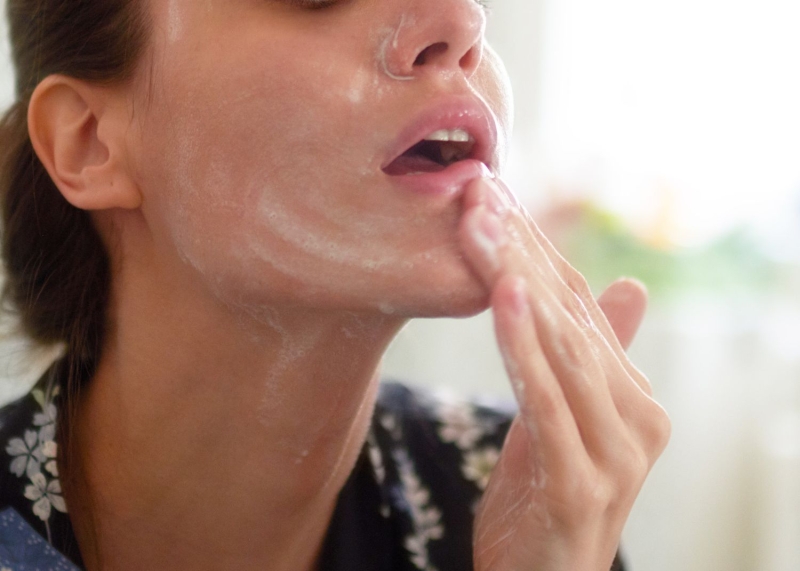Contents
Plus, whether you should be double cleansing at all.
Just like you change your clothes when you get home from a long—and probably kind of gross—day in the outside world, you should give your skin a clean slate, too. Enter: The double cleanse, a skin-care technique that involves two different types of cleansers in an effort to really get the gunk out of your pores.
Meet the expert
- David Kim, MD, is a board-certified dermatologist at Idriss Dermatology in New York City, and the founder of Lightsaver Clinical Suncare.
Mamina Turegano, MD, FAAD, is a triple board-certified dermatologist based in Los Angeles. Joanna Czech is a New York City- and Dallas-based esthetician and founder of the eponymous skincare brand.
The concept of double cleansing is nothing new—in fact, the practice originated in Asia during the 14th century—but it can be tough to know if you’re actually doing it correctly, especially if you have acne-prone skin, wear makeup every day, or live in a pollution-heavy area. We tapped skin pros to demystify the cleansing technique so you can put your best skin forward.
Benefits of Double Cleansing
Even though sometimes the last thing you might want to do is wash your face before bed, cleansing sets your skin up for success. “Cleansing is so important; I can't emphasize enough,” David Kim, MD, a board-certified dermatologist, tells InStyle. “If you’re not cleansing deeply, you'll clog your pores and your skin will get bumpy, uneven, and congested.” A double cleanse, especially at the end of the day, helps to mitigate those common skin concerns.
“Double cleansing does a more thorough job at removing impurities such as excess sebum, makeup, sunscreen, dirt, and pollution, than a single cleanse,” says triple board-certified dermatologist Mamina Turegano, MD, FAAD. “This deep cleanse prevents pore clogging and breakouts, enhances the absorption of skincare products, and helps to maintain long-term skin health.” Convinced to give it a go? Here’s a step-by-step guide.
How to Double Cleanse

1. Grab your oil-based cleanser or micellar water
Traditionally, the first step in double cleansing is your initial oil-based cleanse. “Oil-based cleansers are effective at breaking down and removing makeup, sunscreen, and other oil-based impurities that can be difficult to remove with just water or regular cleansers,” says Dr. Turegano. But, your first cleanse doesn’t necessarily have to be a straight-up oil, especially if you know your skin reacts poorly to ‘em. “I like to incorporate a makeup removal step, which could utilize a balm, milk, oil, micellar water, or cleansing wipe, to break up oils in the skin,” says celebrity esthetician Joanna Czech.
2. Massage and rinse
Now, spend at least 30 seconds massaging the cleanser into your skin. If you use an oil cleanser, massage it on dry skin. “This ensures thorough removal of makeup, sunscreen, and impurities and gives the cleansers enough time to work effectively,” says Dr. Turegano. She suggests paying extra attention to areas where makeup tends to accumulate, such as around the eyes, nose, and hairline. Then, use lukewarm water (this dissolves and removes impurities without stripping your skin like hot water can) to rinse before your second cleanse. You can also use a soft cloth to help rinse oil residue off, and get a little physical exfoliation to boot.
3. Second cleanse
For your second cleanse, reach for a gentle, water-based cleanser. You probably already have a go-to, whether it’s a gel, foam, or cream cleanser. Dr. Turegano says to massage the cleanser onto damp skin using circular motions. It’s a self-care moment—let it be luxurious! Then, gently pat your face dry with a clean, soft towel. “Avoid rubbing your skin, as it can cause irritation,” she says.
Double Cleansing for Different Skin Types

Depending on your skin type, texture, makeup routine, and environment, double cleansing will look different. So while you might see creators on Tiktok touting the products they use for their cleansing routine, remind yourself that they don’t have the same skin as you. It’s always worth it to see a dermatologist and/or esthetician a few times a year; the experts will be able to analyze your skin and help you find suitable products.
Oily and acne-prone skin
Derms are split when it comes to recommending oil cleansers if you have oily or acne-prone skin. Dr. Turegano recommends a lightweight option with purifying ingredients like tea tree oil or salicylic acid. However, you may want to skip the oil cleanse altogether. “I don’t recommend oil cleansers for acne-prone skin,” says Dr. Kim. “I’ve seen too many people get breakouts and flare-ups.” That’s because depending on your skin, many—but not all—oil cleansers can clog pores. “If you wear makeup, micellar water is a good first cleanse,” he says. After your first cleanse, follow it with a gentle gel or foam cleanser. Both dermatologists recommend finding one with salicylic acid, benzoyl peroxide, or glycolic acid to help deep clean pores and reduce acne.
Dry, mature, and sensitive skin
If you have dry, sensitive, or mature skin, using a rich cleansing balm or liquid oil cleanser first will remove makeup without stripping your skin. Look for ingredients like vitamin E, squalane, and oils like avocado and jojoba. A cream or milk cleanser is your best bet for your second cleanse; your skin shouldn’t feel squeaky clean or tight post-wash, though, so look for lightweight and hydrating ingredients like hyaluronic acid, ceramides, and niacinamide. Mature skin might benefit from a second cleanse boosted with fine line-smoothing ingredients like glycolic acid and peptides.
Normal and combination skin
If you have normal skin, reach for an oil-based cleanser or balm with hydrating, nourishing ingredients. For your second cleanse, Dr. Turegano recommends a gentle gel, cream, or cream-to-foam cleanser that maintains the skin's natural pH balance. Hydrating and soothing ingredients are key here—even if you have combination skin. (Oily skin needs hydration too!)
Tips and Considerations
Double cleansing should generally be reserved for your evening routine, per Dr. Turegano, to avoid over-cleansing. And while it’s a fantastic and effective technique for many people, if you have eczema or very dry skin, Dr. Turegano says a single, gentle cleanse is probably suitable, as double cleansing might be too drying. “If you have delicate skin, don’t wear makeup, or don’t spend much time outdoors, then you should avoid double cleansing as it could cause skin irritation,” Czech adds. Additionally, you might not have to double cleanse every day, especially if you work from home, don’t go outside, or don’t wear makeup. “Your skin's needs can change,” says Dr. Turegano. “Be flexible and adjust your cleansing routine as needed.”
